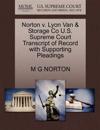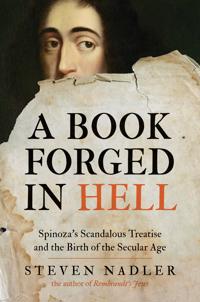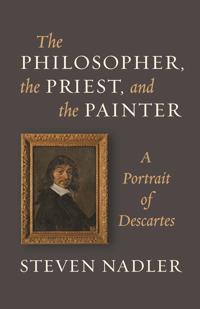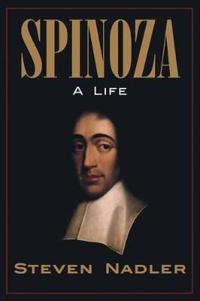Spinoza's Heresy: Immortality and the Jewish Mind (Inbunden)
avSteven Nadler
ISBN: 9780199247073 - UTGIVEN: 2001-12-06A Companion to Early Modern Philosophy (Övrig)
avEditor: Steven Nadler
ISBN: 9780470998847 - UTGIVEN: 2008-04-30A Book Forged in Hell (Inbunden)
avSteven Nadler
ISBN: 9780691139890 - UTGIVEN: 201109When it appeared in 1670, Baruch Spinoza's "Theological-Political Treatise" was denounced as the most dangerous book ever published - "godless", "full of abominations", "a book forged in hell ...by the devil himself". Religious and secular authorities saw it as a threat to faith, social and politica[...]
The Best of All Possible Worlds (Häftad)
avSteven Nadler
ISBN: 9780691145310 - UTGIVEN: 2010-03In the spring of 1672, German philosopher and mathematician Gottfried Wilhelm Leibniz arrived in Paris, home of France's two greatest philosopher-theologians of the period, Antoine Arnauld and Nicolas de Malebranche. The meeting of these three men represents a profoundly important moment in the hist[...]
A Book Forged in Hell (Pocket)
avSteven Nadler
ISBN: 9780691160184 - UTGIVEN: 2013-11When it appeared in 1670, Baruch Spinoza's Theological-Political Treatise was denounced as the most dangerous book ever published - "godless," "full of abominations," "a book forged in hell ...by the devil himself." Religious and secular authorities saw it as a threat to faith, social and political [...]
The Philosopher, the Priest, and the Painter (Pocket)
avSteven Nadler
ISBN: 9780691165752 - UTGIVEN: 2015-05In the Louvre museum hangs a portrait that is considered the iconic image of Rene Descartes, the great seventeenth-century French philosopher. And the painter of the work? The Dutch master Frans Hals--or so it was long believed, until the work was downgraded to a copy of an original. But where is th[...]
A Companion to Early Modern Philosophy (Häftad)
avEditor:Steven Nadler
ISBN: 9781405140508 - UTGIVEN: 2007-09-30Spinoza (Pocket)
avSteven M. Nadler
ISBN: 9780521002936 - UTGIVEN: 200104Baruch Spinoza (1632â1677) was one of the most important philosophers of all time; he was also arguably the most radical and controversial. This is the first complete biography of Spinoza in any language and is based on detailed archival research. More than simply recounting the story of Spinoz[...]










